Red Chili Peppers: The Spicy Stars of the Spice World
Table of Contents
- What Is a Red Chili Pepper?
- The Heat Behind the Burn: Understanding Scoville Units
- A Rainbow of Reds: Popular Varieties Explained
- Cooking with Confidence: Tips for Using Red Chilies
- More Than Just Fire: Health Benefits of Red Chilies
- Grow Your Own Garden of Fire
- Debunking Myths About Red Chili Peppers
- Conclusion
What Is a Red Chili Pepper?
If you’ve ever bitten into a red chili pepper and felt like your mouth was on fire—welcome to the club! But there’s more to these little firecrackers than just heat. A red chili pepper is a matured form of many chili varieties, often more pungent, aromatic, and complex in flavor compared to their green counterparts.

Most chilies start off green and gradually ripen to yellow, orange, and finally red. This maturation process not only deepens the color but also enhances the flavor profile and increases the capsaicin content—the compound responsible for that fiery sensation we all love (or fear).
The Heat Behind the Burn: Understanding Scoville Units
The level of spiciness in red chili peppers is measured using the Scoville Scale, which assigns a value based on the concentration of capsaicinoids. Here’s a quick breakdown:
| Pepper Type | Scoville Heat Units (SHU) | Common Use |
|---|---|---|
| Red Bell Pepper | 0 SHU | Salads, Roasting |
| Cayenne Pepper | 30,000–50,000 SHU | Sauces, Powders |
| Hatch Red Chile | 1,000–15,000 SHU | Southwestern Dishes |
| Tabasco | 30,000–50,000 SHU | Condiments |
| Ghost Pepper (Red Bhut Jolokia) | 855,000–1,041,427 SHU | Extreme Heat Challenges |
So, whether you’re a mild-mannered cook or a heat-seeking thrill-seeker, there’s a red chili pepper out there with your name on it.

A Rainbow of Reds: Popular Varieties Explained
There are hundreds—if not thousands—of red chili pepper varieties worldwide. Let’s take a look at some fan favorites:
- Ancho/Poblano (Dried): Mild with sweet, earthy undertones. Often used in mole sauces.
- Pasilla: Slightly sweeter and raisin-like in flavor. Common in Mexican dishes.
- Cayenne: Medium to high heat, perfect for making homemade chili powder.
- Bird’s Eye Chili: Tiny but mighty, commonly found in Thai and Southeast Asian cuisine.
- Jaloro: A golden-yellow to red jalapeño, offering fruity notes and moderate spice.
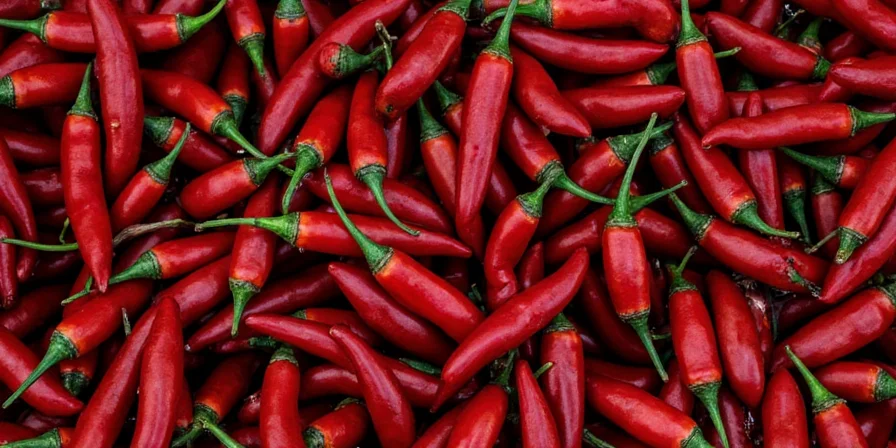
Cooking with Confidence: Tips for Using Red Chilies
Using red chili peppers doesn’t have to be intimidating. Here are five handy tips to keep in mind:
- Toast dried chilies before use. It unlocks deeper flavors and reduces bitterness. Simply place them on a dry skillet over medium heat for a few seconds per side until fragrant.
- Wear gloves! Capsaicin can stick to your skin and cause serious eye irritation later. Trust us—you don’t want to rub your eyes after chopping habaneros.
- Remove seeds and membranes for less heat. That’s where most of the capsaicin lives. If you're going mild, scoop ’em out!
- Balance the burn with sweetness. Add a touch of honey, brown sugar, or citrus to round out the flavor.
- Use vinegar or acid to brighten the flavor. Especially helpful when making salsas or hot sauces.
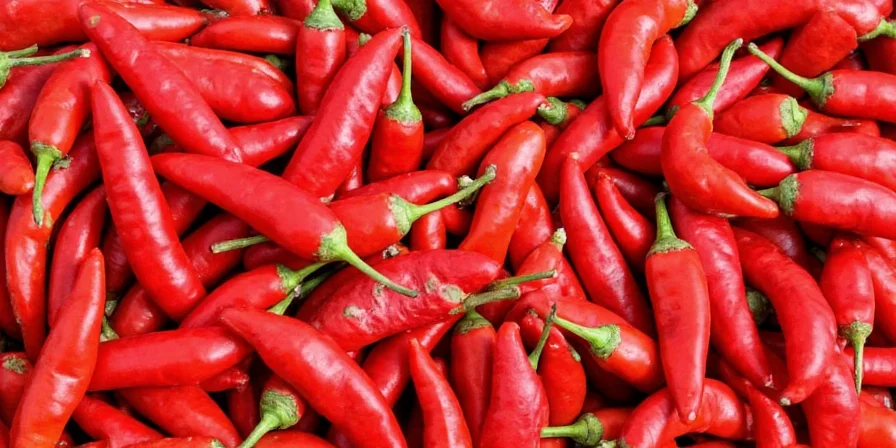
More Than Just Fire: Health Benefits of Red Chili Peppers
Red chili peppers aren’t just delicious—they pack a powerful nutritional punch too! Here's what makes them a superstar ingredient:
- Rich in Vitamin C: Did you know one red chili pepper has more vitamin C than an orange? Great for immune support!
- Boosts Metabolism: Capsaicin may help speed up your metabolism slightly and aid in fat burning.
- Natural Pain Relief: Topical creams containing capsaicin are known to reduce joint pain and inflammation.
- Antioxidant Powerhouse: Loaded with antioxidants like beta-carotene, which promotes healthy skin and vision.
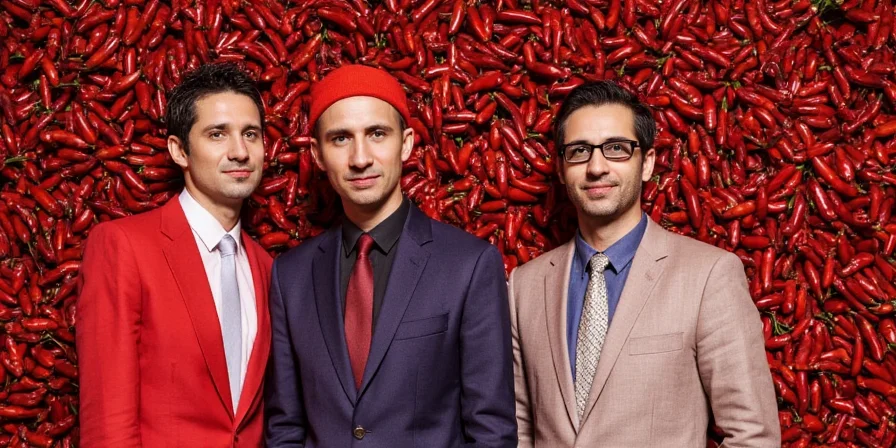
Grow Your Own Garden of Fire
Why buy red chilies when you can grow them yourself? Here’s how to get started:
- Start from seeds or seedlings. Depending on your climate, start indoors or directly in the soil once frost danger has passed.
- Choose a sunny spot. Chilies love the sun—aim for 6–8 hours daily.
- Keep the soil warm and well-drained. These plants hate soggy roots.
- Harvest when they turn red. For maximum flavor and spice, let them fully mature on the plant.
- Dry or freeze for long-term storage. String them up or toss them in a Ziploc bag and store in the freezer.
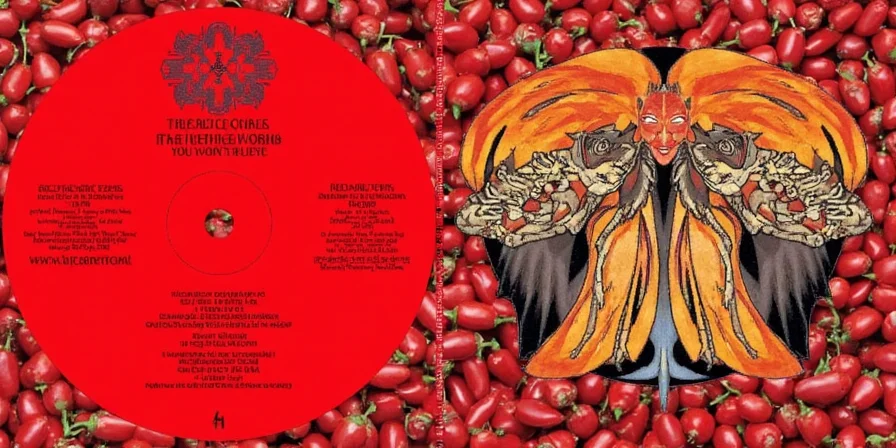
Debunking Myths About Red Chili Peppers
Let’s clear up some common misconceptions:
- Myth: All red chilies are super spicy. Fact: Some, like red bell peppers, have zero heat!
- Myth: Eating chilies causes ulcers. Fact: Nope! Studies show they may actually protect the stomach lining.
- Myth: Only experienced cooks should use chilies. Fact: Anyone can learn! Start mild and build up confidence.
- Myth: Spiciness equals flavor. Fact: Not always. Flavor depends on maturity, preparation, and pairing.
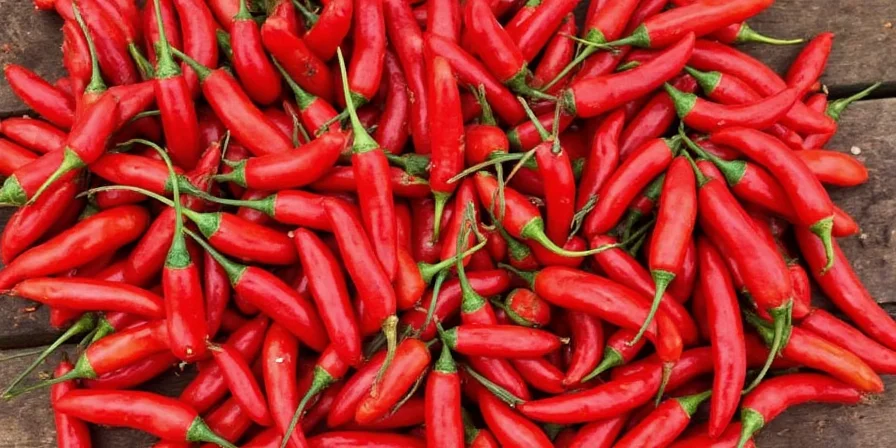
Conclusion
Red chili peppers are far more than just “hot” ingredients—they’re versatile, flavorful, and packed with health benefits. Whether you're simmering a sauce, grilling a marinade, or simply snacking on pickled jalapeños, red chilies bring depth, complexity, and excitement to your meals.
Now that you're armed with knowledge, it's time to get cooking—or better yet, growing! From picking the right variety to handling them safely, you’ve got all the tools to embrace the heat like a pro.
So go ahead… turn up the heat and let your taste buds dance the spicy salsa they've been waiting for.












 浙公网安备
33010002000092号
浙公网安备
33010002000092号 浙B2-20120091-4
浙B2-20120091-4